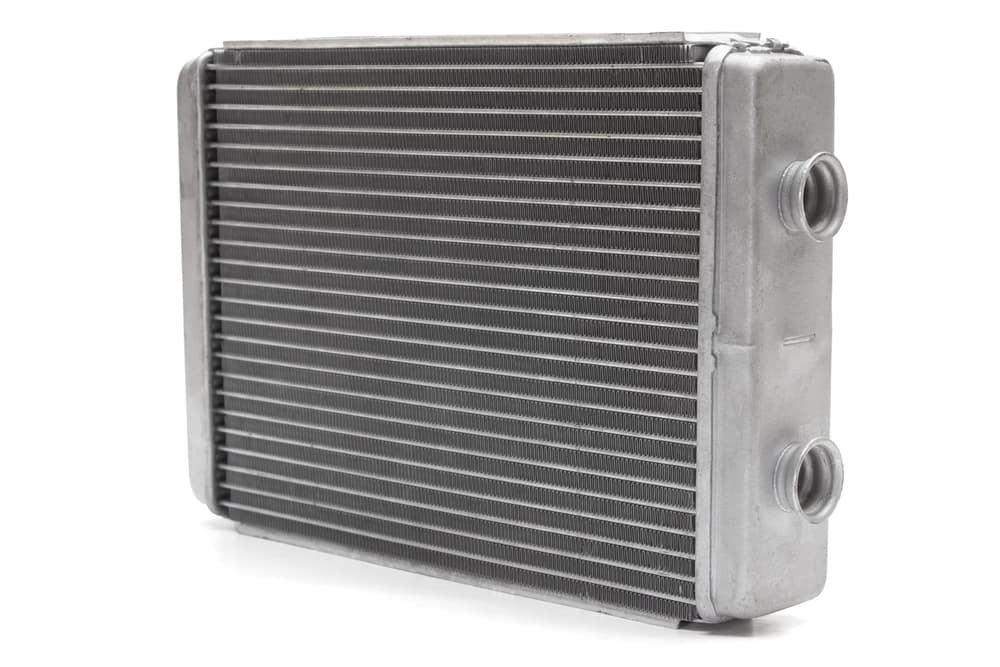A radiator is an essential component of a car’s cooling system, especially for vehicles with internal combustion engines. It plays a crucial role in maintaining the engine’s temperature and preventing overheating.
In this blog post, we will explore the reasons why a car needs a radiator to operate effectively and how it functions as part of the cooling system.
The Function of a Radiator
The primary function of a car radiator is to act as a heat exchanger. It transfers heat from the engine coolant to the air, thus helping to keep the engine at its optimal operating temperature. Radiators are typically made from aluminum, with thin fins brazed to flattened tubes through which the coolant flows in a parallel arrangement.
The Cooling System and Engine Temperature
The cooling system, which includes the radiator, liquid coolant, hoses, fan, and thermostat, is responsible for regulating the engine’s temperature. The coolant flows through hoses from the radiator to the engine, where it absorbs excess heat. It then returns to the radiator, where the heat is dissipated into the atmosphere.
The thermostat monitors the coolant temperature and ensures that it remains within a specified range for optimal engine performance.
Without a radiator, a car’s engine would overheat, leading to decreased performance and potential damage to the engine components. This is particularly important for internal combustion engines, which generate significant heat during operation.
Electric vehicles, on the other hand, do not require a radiator, as they do not have a combustion engine.

Radiator Construction and Attachment
The radiator is attached to a large metal frame called the radiator core support, which is connected to the vehicle’s frame. It is typically held in place by a pair of brackets at the top and rests on rubber bushings at the bottom.
The radiator itself consists of tubes through which the coolant flows, allowing for efficient heat transfer.
Maintaining Your Radiator
To keep your radiator and cooling system functioning effectively, it is essential to perform regular maintenance. One crucial aspect of radiator maintenance is flushing the system, which involves using a radiator cleaner and distilled water to remove any buildup or contaminants. This process helps ensure optimal heat transfer and prevents overheating issues.